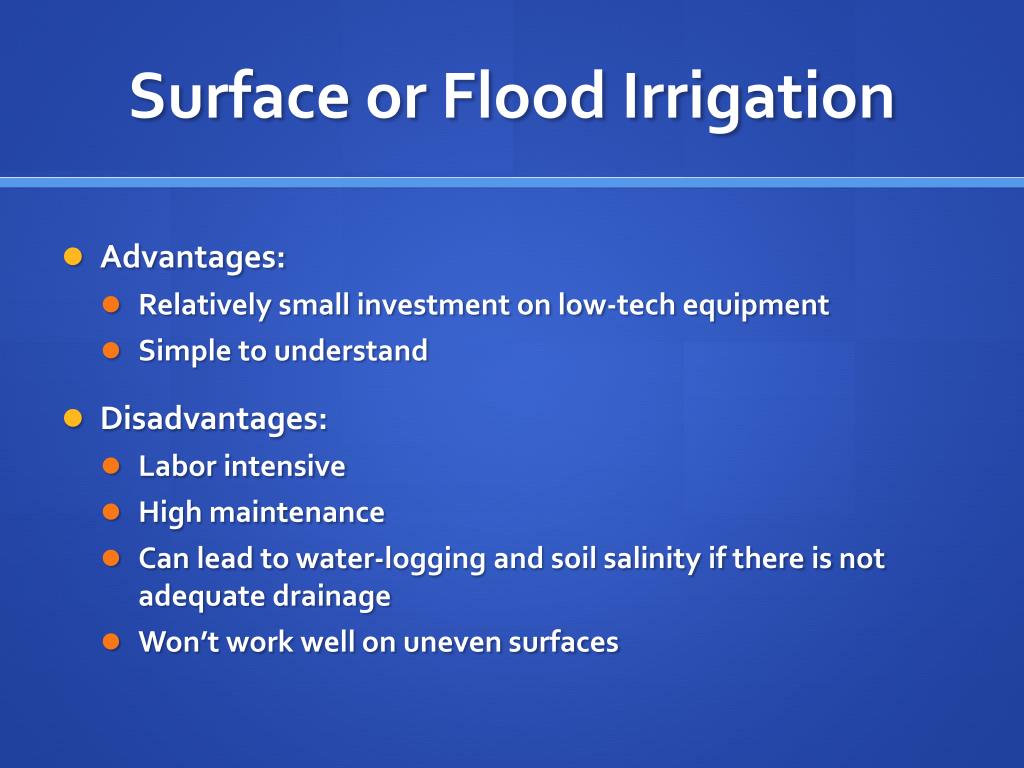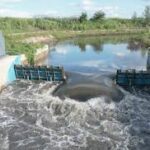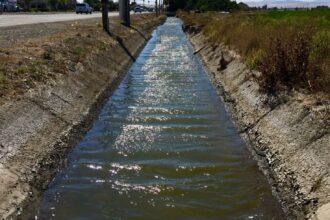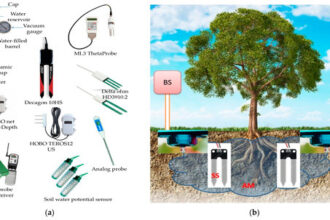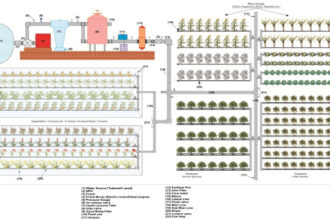Flood irrigation is one of the oldest and most widely used agricultural irrigation methods. It involves channeling water directly onto fields, allowing it to flow freely and soak into the soil. While modern irrigation systems like drip and sprinkler irrigation have gained popularity, flood irrigation remains a practical choice for many farmers due to its unique advantages.
This article explores the benefits of flood irrigation, its applications, and why it continues to be relevant in modern agricultural practices.
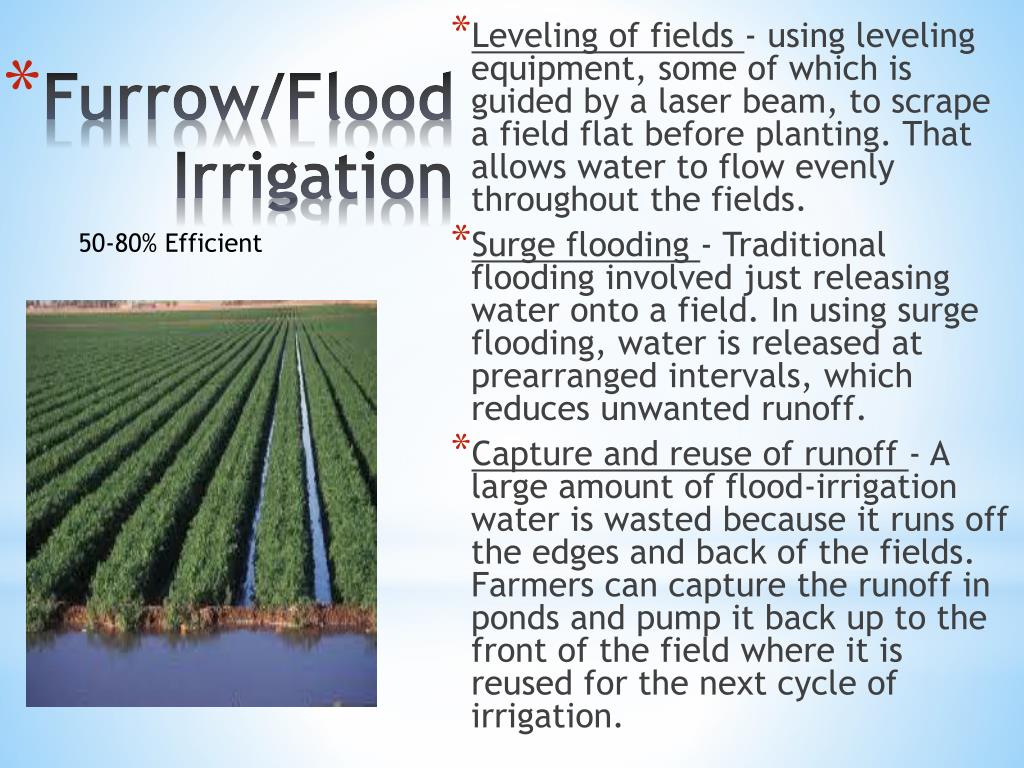
What is Flood Irrigation?
Flood irrigation, also known as surface irrigation, involves flooding a field with water to hydrate crops. The water can come from natural sources like rivers or artificial systems like reservoirs and canals. The method relies on gravity to distribute water across the field.
The Benefits of Flood Irrigation
Flood irrigation offers several advantages that make it a preferred choice in many agricultural settings:
1. Cost-Effectiveness
- Low Initial Investment: Setting up flood irrigation systems is cheaper compared to modern alternatives like drip or sprinkler systems.
- Minimal Equipment Needed: Basic tools like gates, canals, or ditches suffice.
2. Simplicity and Accessibility
- Easy to Implement: Farmers without access to advanced technology can easily use this method.
- No Need for Electricity: Ideal for remote areas without reliable power supply.
3. High Soil Moisture Levels
- Deep Water Penetration: Water saturates the soil, ensuring that deep-rooted crops get adequate hydration.
- Improved Soil Conditions: Regular flooding can help leach salts and toxins from the soil.
4. Large Area Coverage
- Suitable for Extensive Fields: Covers vast areas efficiently, especially in flat regions.
- Ideal for Certain Crops: Works well with water-intensive crops like rice, sugarcane, and cotton.
5. Environmental Benefits
- Recharges Groundwater: Excess water seeps into aquifers, replenishing groundwater reserves.
- Minimal Water Loss: When managed well, runoff can be directed back into canals or reservoirs.
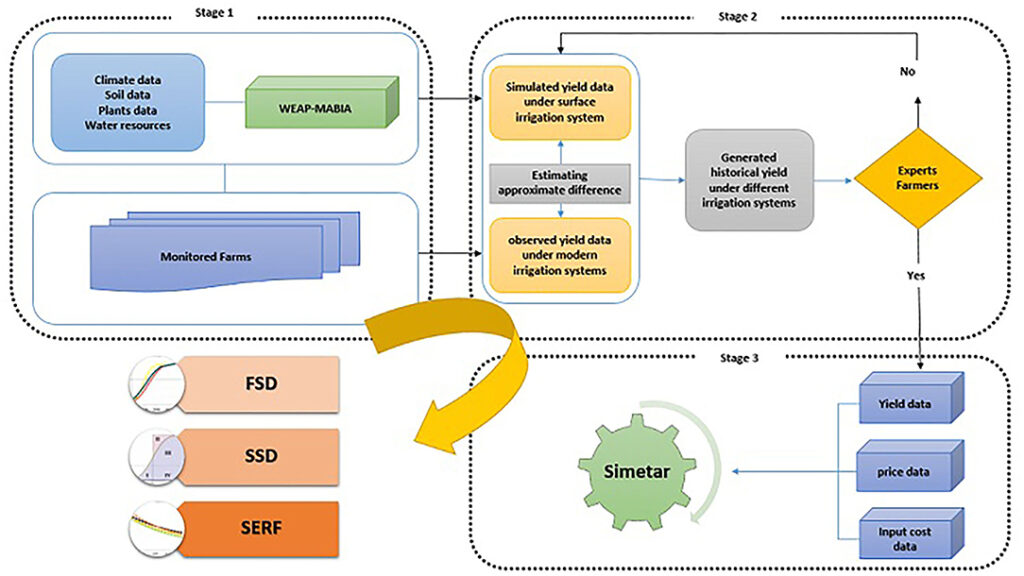
Applications of Flood Irrigation
Flood irrigation is commonly used for:
| Application | Description | Examples |
|---|---|---|
| Rice Cultivation | Rice fields require standing water to grow effectively. | Paddies in Asia, Africa |
| Floodplain Farming | Utilizes seasonal river flooding to irrigate fields. | Nile Basin, Mississippi Delta |
| Pasture Irrigation | Provides hydration for large grazing areas. | Grasslands in Australia |
| Saline Soil Management | Leaches salts from soils in arid regions. | Farms in the Middle East |
Comparison of Flood Irrigation with Other Methods
| Feature | Flood Irrigation | Drip Irrigation | Sprinkler Irrigation |
|---|---|---|---|
| Cost | Low | High | Moderate |
| Water Efficiency | Moderate | High | Moderate |
| Labor Requirement | High | Low | Moderate |
| Soil Suitability | Flat soils preferred | Flexible | Flexible |
| Technology Needed | Low | High | Moderate |
User Feedback: Real-World Insights
Positive Experiences
- “Flood irrigation is the backbone of our rice farming. It’s simple, effective, and perfect for our flat fields.” – Anjali, India
- “The ability to reuse runoff water in nearby fields is a huge advantage for us.” – Ahmed, Egypt
Challenges
- “Managing water distribution can be tricky, especially in uneven terrain.” – Pedro, Brazil
- “Excess flooding sometimes leads to waterlogging, affecting crop yield.” – Lisa, USA
Tips for Optimizing Flood Irrigation
- Level Your Fields:
- Ensure even water distribution by leveling the soil.
- Use Check Dams:
- Prevent runoff by creating small barriers within the field.
- Monitor Water Flow:
- Avoid overwatering by observing water movement and adjusting inflow.
- Recycle Runoff:
- Collect excess water and reuse it in nearby fields.
- Combine with Soil Amendments:
- Add organic matter to improve soil water retention.
Drawbacks to Consider
While flood irrigation has many benefits, it’s essential to acknowledge its limitations:
- Water Waste: Inefficient in areas with limited water supply.
- Soil Erosion: High water flow can lead to topsoil loss.
- Labor Intensive: Requires significant manual effort to manage.
- Not Ideal for All Crops: Crops sensitive to standing water may suffer.
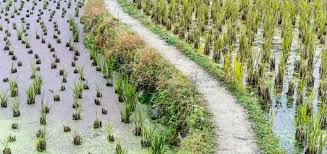
Conclusion
Flood irrigation remains a valuable method for farmers worldwide due to its simplicity, cost-effectiveness, and suitability for specific crops and regions. While it may not be the most efficient irrigation system in terms of water conservation, it offers practical benefits for large-scale and water-intensive farming.
By optimizing its use through proper field leveling, water management, and runoff recycling, farmers can maximize the advantages of flood irrigation while minimizing its drawbacks.
Flood irrigation is not just a farming technique; it’s a testament to how traditional practices continue to sustain modern agriculture.
